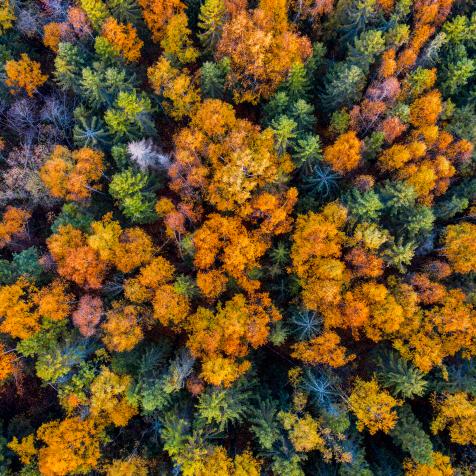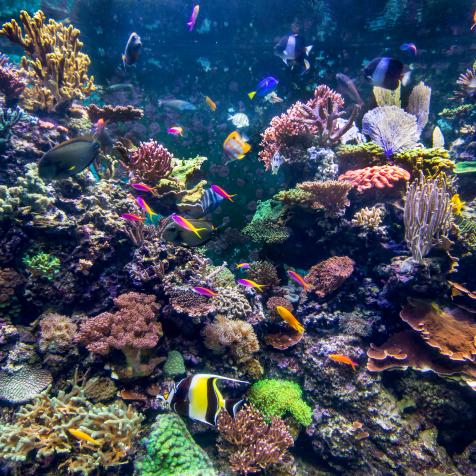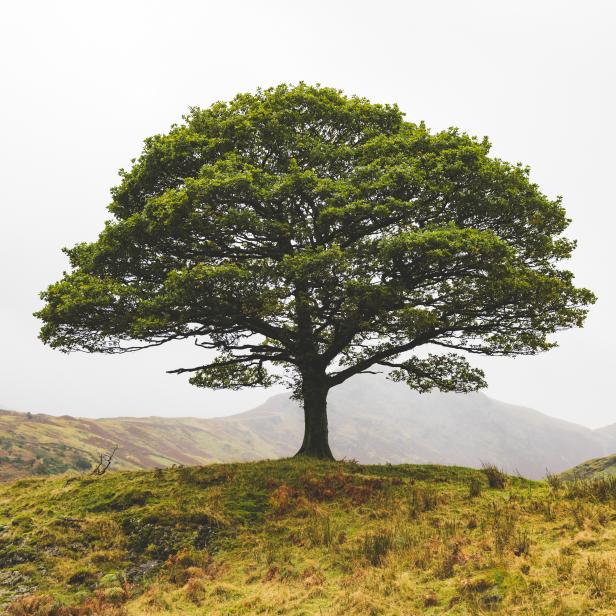
Westend61
Forest Projects Will Help Rebalance Earth’s Climate
Forests might be the best tool humanity has to tackle climate change. Trees give cooling shade, absorb and store carbon dioxide (CO2), recycle water, and provide habitat for other plants and animals. Huge international projects like the Trillion Trees initiative believe planting forests will ultimately help to rebalance Earth’s climate.
Plants naturally absorb CO2 and emit oxygen as part of photosynthesis, but trees can process a lot more because of the size of their trunks, green leafy canopy, and root structures. This filtering and storage capacity is part of the United Nations ‘Great Green Wall’ initiative to plant an 8,000 km (5,000 mile) long tree belt across the African continent.
More recent projects like Trillion Trees, the World Economic Forum’s ‘1T’, and the UN’s follow-up ‘Great Green Wall for Cities’ highlight tree planting and forest regeneration as the most effective nature-based solution for runaway CO2 emissions.
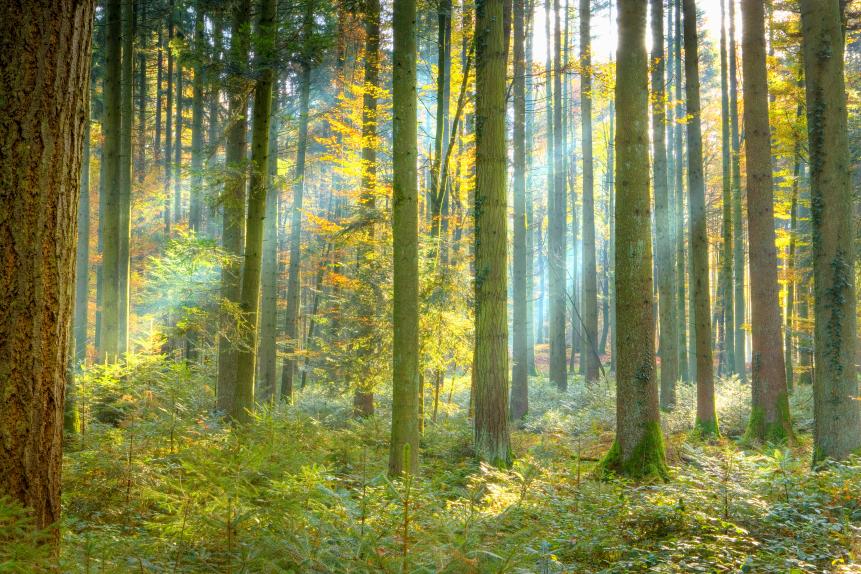
Travelpix Ltd
1T uses research data showing that planting nearly one billion hectares (2.2 billion acres) of trees in the right places could remove 25 percent of the CO2 from Earth’s atmosphere.
Meanwhile, the Great Green Wall for Cities project would create urban green areas linked to wider forest restoration across both Africa and Asia. Once complete the wall will capture an estimated 0.5-5 billion metric tons of CO2 every year. And, if well managed, its urban forests could also reduce air temperature, lower flood risk, and improve air quality by filtering out pollutants.
City trees are actually sucking more CO2 out of the atmosphere than was thought. Climate scientists know that forests soak up more than they release – absorbing 30 percent of carbon emissions from fossil fuels. Now Boston University studies show that outlying forest edges and urban trees grow almost twice as quickly, and store carbon faster, than trees deep inside the forest.
Projects influenced by Japanese botanist Akira Miyawaki are now creating tiny community forests across the planet, using native trees to provide shade, support plants, and animals, and store carbon in city centers. Miyawaki’s micro-forests are much denser than conventional plantations. They store 30 times more CO2 than monoculture (single species) forests and offer 30 times better noise and dust reduction, say his followers.
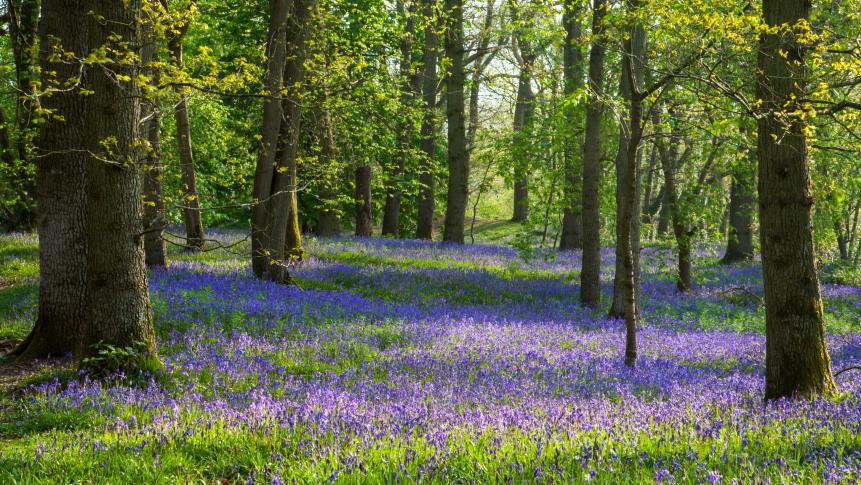
Jake Stephen
Dave Nowak is a researcher at the US Forest Service who has studied using trees in urban settings to sequester carbon for more than 30 years. Trees not only cool their surroundings and filter out CO2, they also recycle tiny particulate matter (PM) pollutants. Conifer trees, such as yew, pine, or cypress trees reduce PM best because they are evergreen, says Nowak.
But beyond trees that grow quickly, figuring out which exact species work best to improve air quality depends on many factors including soil, local climate, and site conditions. Generally, tree species that live long and require little maintenance are top of the list, says Nowak.
Still, identifying the right species to plant requires local expertise, says Nowak. Urban planners can start by using the US Forest Service ‘iTree Tools’ to choose the best trees for each locality. Another tool, American Forests’ ‘Tree Equity Score Analyzer’, helps planners to target urban forests in disadvantaged areas.









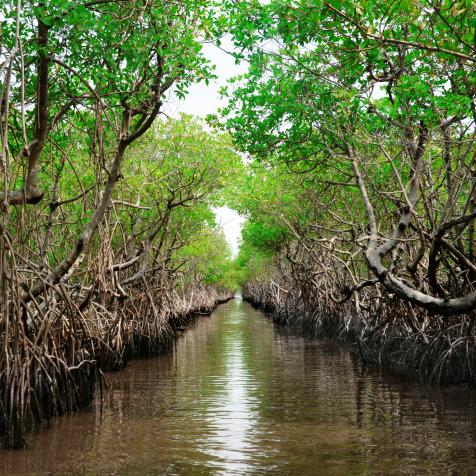
.jpg.rend.hgtvcom.476.476.suffix/1635892481978.jpeg)
